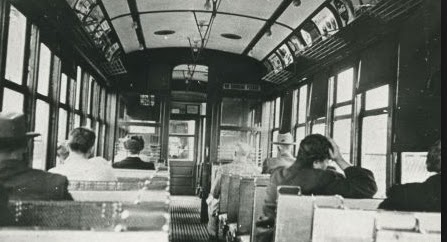The Interurban was the electric railway system that connected outlying communities to Vancouver from 1891 until 1958. Operated by the BC Electric Railway Company, the interurban network revolutionized where people lived, worked and travelled by providing efficient, rapid transit.

One of the earliest Interurban lines ran between Vancouver and Steveston. It was knowns as the “ Sockeye Express” because it took cannery workers and canned salmon to and from the city.
Soon it carried fresh milk, produce, strawberries, lumber gravel and much more, all from source to city.

By 1913, the Interurban was carrying more passengers than produce, with five major lines linking Vancouver with the Lower Mainland.

At that time trams were cheaper, cleaner and faster than horses or trains. The Interurban made commuting possible and subdivisions grew up along the lines.
The Interurban delivered thousands of people to their work and entertainment such as Vancouver theatres, the Opera, Stanley Park and Brighouse Racetrack.

With the opening of the Pattullo Bridge and more automobiles on the roads, it signalled the demise of the electric rail.

The Era of the Interurban ended with the last tram travelling down the line to Steveston on February 28, 1958.


No comments:
Post a Comment